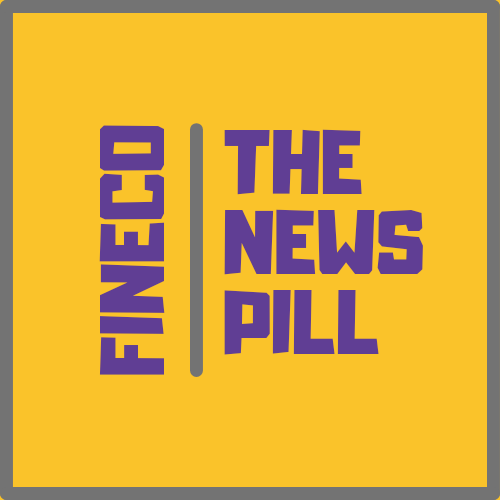Understanding the Decentralised Finance (DeFi) in a Simple Way
- Dhrushil Zaveri

- Oct 3, 2021
- 3 min read

If you have been following the crypto market for some months now, you might have come across the term "Decentralised Finance" or as it is widely known "Defi". For the uninitiated DeFi is a system by which financial product becomes available on a public decentralized blockchain network. Now what's different about this and other financial products available is that unlike the traditional system wherein a nodal agency controls the whole system, this system there is no nodal institution to control it. Sounds interesting, doesn't it? Let's learn this together in today's Weekend pill.
What is DeFi and are there any examples of it?
As mentioned above it is a system that operates with only software as the middleman; rather than a bank or institution as it is in a traditional system. Etherum, an alternative to bitcoin which trades on crypto exchanges as ETH is an excellent example of DeFi.
Let's compare it to real-life examples Like in India the nodal agency to control money is the Reserve Bank of India (RBI). So it has complete control over the system. The nodal agency to control the securities market is the Securities Exchange Board of India (SEBI). In the above examples, the nodal agencies write the terms and conditions manually and are the sole body to overlook them. But in DeFi these terms and conditions are written as lines of code and every person participating in DeFi agree to abide by it. Think of it as the internet, where one can build products and make them available to the public.
What are the components of DeFi?
Just like a traditional finance system, DeFi requires stable currencies & a wide variety of use cases. Smart contracts are used to provide a framework and rules to an agreement executed between two individuals on a DeFi system.
Although there are four main types of components, it would be rather too technical to explain all of that. But here's a glimpse of it :
Settlement layer - This is also referred to as layer 0, it is where a public blockchain and its native digital currency or cryptocurrency exist. It can also have tokenized versions of assets, like US dollars which represent real-world assets. Like in real estate one token would mean a parcel of land.
Protocol layer -
As the name suggests, this is where all rules are written to help functions run smoothly.
Application Layer -
This is where consumer-facing applications reside. Consumers interact with financial products build. It is a product of the above two layers.
Aggregation layer -
The aggregation layer consists of aggregators who connect various applications from the previous layer to provide a service to investors. For example, they might enable the seamless transfer of money between different financial instruments to maximize returns.
The Need for DeFi?
Today's financial world is based on Hub and Spoke model, where key activities are carried from Hubs like New York or London, but their influences are at spokes like Mumbai or Milan. Advancements are initiated at Hub and spread out to the rest of the world through spokes that act as radiators. This model did work well for the world economy in the last decade but with the increasing inefficiencies in recent years resulting in the slowness of work or scams, it needs an upgrade. By not giving authority to a governing body and keeping it decentralized the inefficiencies can be done away with.
But are there any issues with DeFi being used in the mainstream?
DeFi in its entirety is at last a system of some kind, and like other systems, it has its drawbacks that need to be tackled before it can be used as a mainstream. DeFi is still a new idea and its infrastructure still lacks some key aspects, (Did you know - As of March 2021, the total estimated value locked in DeFi contracts was $41 billion in value) like what if some hacker commits a crime, then who will be culpable. Also, current laws were framed based on the idea of separate financial jurisdictions, each with its own set of laws and rules. To make DeFi a mainstream use case, the entire laws will need to be rewritten in order to make it legally available to use and to keep its advantages intact.
Conclusion
With that being said, Decentralised Finance has excellent use cases no doubt in that and it can complete the transform or upgrade the finance world as we know today, but what is remained to see that can the drawbacks be overcome to apply it to the mainstream financial system and will the world accept it?
Liked the article? Share it with your friends and let them know what you learned.
Follow us on Instagram
Follow us on Twitter
Disclaimer - Above information is to spread financial literacy. We are not SEBI registered financial advisors, kindly consult your financial advisor before making any investment decision.



Comments